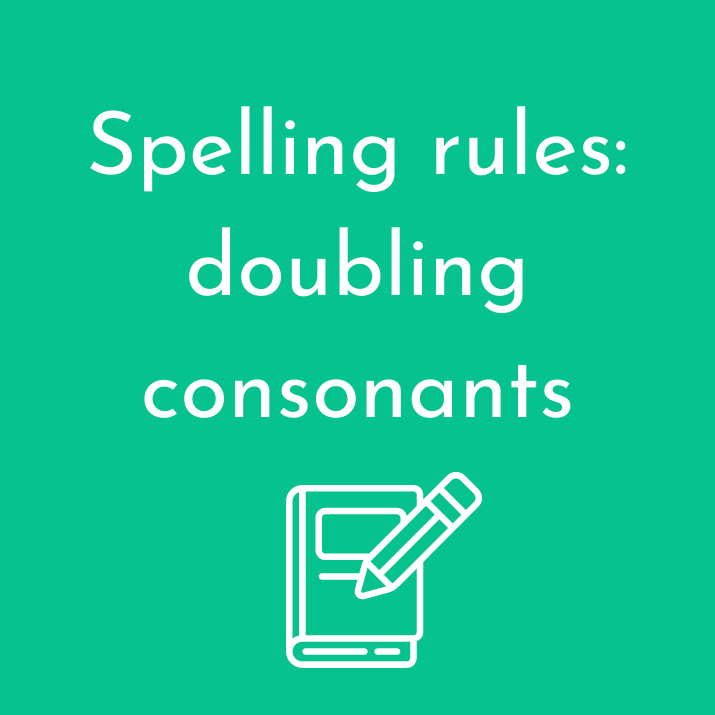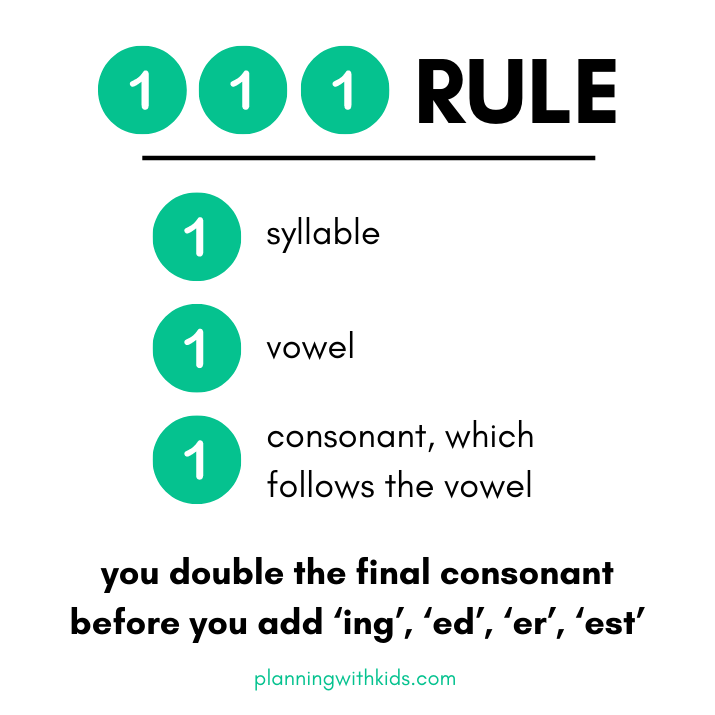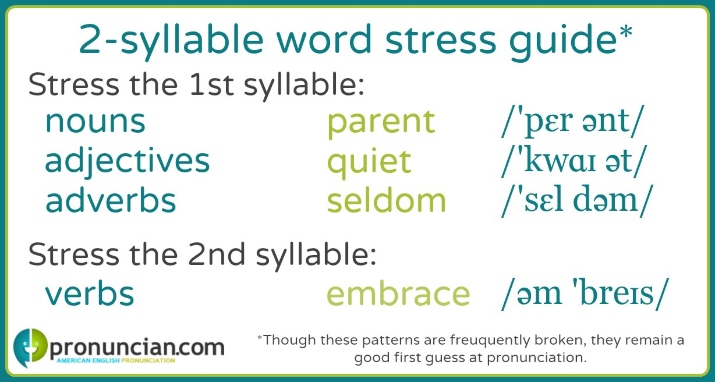
We have been working on spelling at our house recently and I will openly admit that I was not aware of any of these spelling rules about doubling consonants! I have learnt a considerable amount over the last couple of weeks. I thought I would share some of the information I have found and a simple worksheet (scroll to the end for the worksheet) I have created to practice the application of these spelling rules for doubling consonants.
Single syllable words – doubling consonant spelling rule

Spelling rules are very rarely consistent 100% of the time but the rule for single syllable words when it comes to doubling consonants does actually work in every instance. It is not so simple for words with more than one syllable but there are tips you can use to help kids (and adults!) work out when they need to double the consonant which I will note in the next section.
This rule is also known as the 1-1-1 rule. So if the word has:
- 1 syllable
- 1 vowel
- 1 consonant, which follows the vowel
You double the last consonant when adding a suffixal vowel – ‘ing’, ‘ed’, ‘er’, ‘est’. Suffixes are used to make new words and give base words different meanings.
Examples following the 1:1:1 rule are:
- stop to stopping
- fib to fibbed
- fat to fatter
- big to biggest
More than one syllable words – doubling consonant spelling rule
As noted earlier, when words have more than one syllable the doubling rules do get more complicated. For a full breakdown of the rules, read this post – When to Double Consonants in Spelling: Rules and Examples. If you want to keep it simple and give your child some general tips to follow you can start with the premise that the doubling rule can also be used for words with more than one syllable when these words end in a single consonant and the primary stress is on the final syllable.
So, if the word has:
- More than 1 syllable
- Ends in 1 consonant
- The second consonant follows a vowel, and the second vowel is bearing the primary stress
Then you can double the consonant. Some examples are:
- begin – beginning
- prefer – preferred
- travel – travelling
A shortcut way of thinking is if it is a verb you can usually (not always!) double the consonant because verbs tend to have the stress on the second syllable – see the image below and the resource section at the end for more information on syllable word stress.

PWK Worksheet – spelling practice – doubling consonants
This is a simple word list I created for one of the kids to practice the application of the doubling consonant rules. I let them have the rules in front of them and the 2 syllable stress guide for the first few times so they could actively learn them, then had them practice spelling the words without any resources.
If you would like to download an editable version of this document you can do so via this link – Google Spreadsheet – PWK Spelling practice – doubling consonants.
Accessing the Google Spreadsheet
To be able to edit a copy of the spelling practice worksheet, you need to make a copy of the sheet first. To do that you need to:
- Open the PWK Spelling practice – doubling consonants spreadsheet
- Click on ‘file’, then ‘make a copy’
- Name the sheet and click on okay
- You will now be able to make whatever changes you like.
You will need a Google account to do this. If you don’t have a Google account already you will need to sign up for one. This doesn’t mean you have to get a Gmail address. Google accounts don’t have to use Gmail addresses. A Google account is simply a unified sign-in system that gives you access to Google products, including Drive, Docs, Sheets, and Slides. You can associate any email address with a Google account. To sign up for a Google Account go here.
Spelling rules for doubling consonants resources:
- Video – Doubling the Final Consonant | Spelling Rules | EasyTeaching – this simple video explains the 1:1:1 rule for single syllable words.
- When to Double Consonants in Spelling: Rules and Examples – this goes into detail about the rules for two syllable words.
- 2-syllable word stress patterns – stress patterns become important when it comes to two syllable words (see image above) and of course, the patterns are not 100% consistent but it does provide a simpler version if kids are finding the rules above challenging to remember.
- Video – Syllables and Word Stress – English Pronunciation Lesson – this also looks at word stress patterns but goes further to talk about three syllable words and words that have greater than three syllables.
If you are after further literacy resources on the blog, you can find them here.
